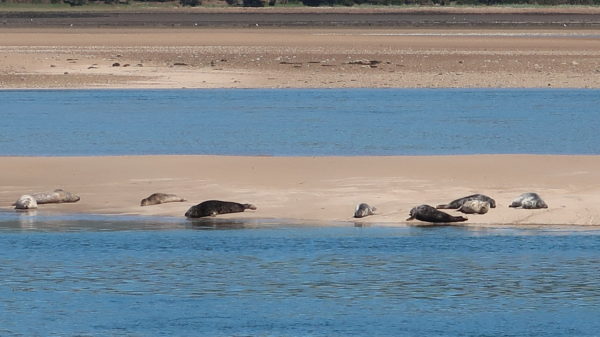
Òrain an ròin
Bha an ròn riamh na chreutair fìor shònraichte do mhuinntir sgìrean a’ chladaich, le iomadh sgeulachd mu ròin a thilgeadh am bian air an tràigh, a’ nochdadh ann an cruth fhear no bhoireannach brèagha. Bha fiù cuid ann a phòsadh clann-daoine, ged aig a cheann thall bhiodh iad a’ tilleadh gu muir, air an tarraing air ais le cumhachd an t-saoghail aca fhèin – coltach ris na maighdinnean-mara anns na sgeulachdan againne.
Aig an aon àm bha an ròn mar bheathach gu math cudromach dha na dearbh choimhearsnachdan seo, a sheilgeadh ròin airson na feòla, a’ chraicinn agus gu sònraichte an ola. Bha seo uabhasach prìseil, is e ga chleachdadh ann an lampaichean ach mar leigheas cuideachd. Agus marbhadh na h-iasgairean iad cuideachd gus àireamhean bhradan a ghlèidheadh.
Mar sin bha dàimh dhà-bharaileach eadar na daoine agus na ròin, an dà chuid an sealladh prataigeach agus an doras fosgailte fhathast dhan t-seann chreideamh os-nàdarra. Mar a mhothaich sinn roimhe san sgìre againne, cha robh riamh dragh sam bith do dh’iasgairean a bhith fìor chràbhach agus anabarrach saobh-chràbhach aig an aon àm.
Seo dà òran tradaiseanta glè bhrèagha mu ròin às na h-Eileanan Siar. Anns a’ chiad fhear, tha maighdeann-ròin a’ mineachadh cò às a thainig na ròin. Anns an dàrna fear tha ròn eile a’ gearan gum bi iasgairean a’ sealg agus ag ithe daoine eile, leis nach e beathaichean a th’ ann an ròin, ach daoine cuideachd.
Tha an dà chuid rin cluinntinn air YouTube amsaa, le Julie Fowlis is eile, ceanglaichean na ìsle. An dòchas gun còrd iad ribh!
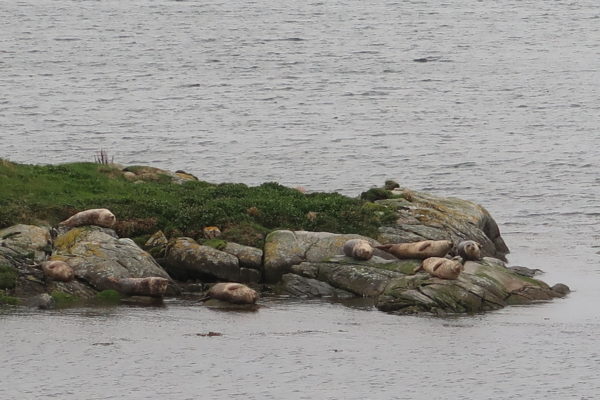
Seal songs
The seal has always been a really special creature to the people of coastal areas, with many tales of seals who would cast their skins on the beach and appear in the form of beautiful men and women. There were even some who married humans, though in the long run they would return to the sea, drawn back by the power of their own world – just like the mermaids in our own stories.
At the same time the seal as an animal was extremely important to these very communities, who would hunt seals for the meat, the skin and especially the oil. This was exceptionally precious, being used not just for lamps but also as medicine. And fishermen also killed seals to preserve the salmon stock.
That meant there was an ambivalent relationship between humans and seals, on the one hand the practical aspect and on the other hand still a door left open to the old belief in the supernatural. As we’ve seen before in our own communities, the fisherfolk never had any trouble being both sincerely devout and highly superstitious.
Here are two lovely traditional songs about seals from the Western Isles. In the first, a seal-maiden explains where the seals came from. In the second, another seal complains that fishermen are hunting and eating other people, as seals aren’t animals but people too.
Both songs can be heard on YouTube etc, sung by Julie Fowlis and others – links below. I hope you enjoy them!
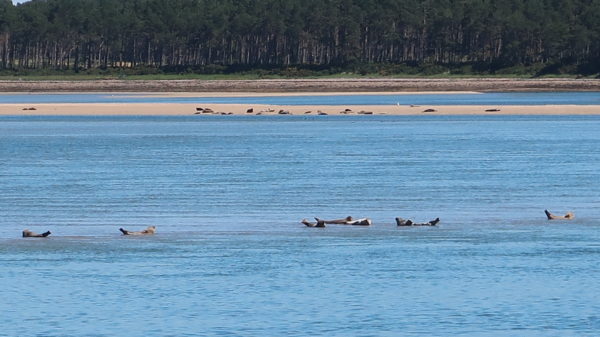
An Ron
“Mise nighean Rìgh-fo-Thuinn
Fuil nan rìghrean na mo chrè –
Ged a chì sibh mi nam ròn
Tha mi mòrail nam thìr fhèin.
“Tìr-fo-Thuinn mo dhachaigh dhùint’
Innis dhùthchasach nan ròn;
Caidlidh mi air leacan sàil’,
Mi fhìn ‘s mo bhàn-chuilean òg.”
A Bhana-phrionns’ a’ chuain shiar,
A bheil sgeul agad ri luaidh?
Nach inns thu dhuinn mar a bha
Mun do ghabh sibh tàmh sa chuan?
“Chaidh na geasan a chur oirnn
Rè ar beò bhith le luchd-fuath,
‘S ged a tha sinn snàmh nan caol
‘S e nàdar daonnd’ tha dhuinn dual.
“Aig tràth-marbh air oidhche fèill
Tilgidh sinn ar bèin air tràigh,
‘S cluichidh sinn nar n-òighean suairc’
A’ crathadh ar cuaillean bàn.
“Ach a-nochd tha mi nam ròn
Air an lic an còrs’ a’ chuain:
‘S e mo nàdar bhith toirt gaol,
‘S do chlann-daoine thug mi luaidh.”
“I am daughter of the King-under-Sea, Royal blood flows in my veins – Though you see me as a seal I am noble in my own land.
“Land-below-waves my prison home, Hereditary domain of the seal; I will sleep on a salt sea slab, Myself and my white-furred pup.”
O Princess of the western ocean Do you have a tale to weave? Will you tell us how it was Before you came to live at sea?
“Spells were laid upon us During our human lives by foes – Though we now swim the straits Human nature is our heritage.
“At the dead of feast-day night We cast our sealskins on the sand, Playing there as gentle maids Shaking our blonde tresses.
“But tonight I am a seal On a rock beside the sea; It is my nature to give love, And mankind I hold dear.”
+++++++++++++++++++++++++++
Òran an Ròin
Hò i hò i hì o hò I, Hò i hì o hò i ì
Hò i hò i hì o hò i
Cha robh mi ‘m ònar a-raoir.
‘S mairg san tìr seo, ‘s mairg san tìr
‘G ithe dhaoine ‘n riochd a bhìdh;
Nach fhaic sibh ceannard an t-sluaigh
Goil air teine gu cruaidh cruinn.
‘S mise nighean Aoidh mhic Eòghainn,
Gum b’ eòlach mi mu na sgeirean;
Gur mairg a dhèanadh mo bhualadh
Bean uasal mi o thìr eile.
Thig an smeòrach, thig an druid
Thig gach eun a dh’ionnsaigh nid;
Thig am bradan thar a’ chuain
Gu Là Luain cha ghluaisear mis’.
Hò i hò i hì o hò I, I was not alone last night.
Pity to be in this place where people are eaten as food
See the chief of the people Boiling hard on a fire.
I am the daughter of Aoidh son of Ewen
I was knowledgeable about the reefs
Pity the person who would hit me
I am a noble woman from another land.
The thrush comes, the starling comes
Every bird returns to its nest
The salmon comes from the sea
Until Doom’s Day I will not be moved.
++++++++++++++++++++++++++++++++++++++++
Julie Fowlis , An Ròn: https://www.youtube.com/watch?v=-pmeyFOZSfQ
Julie Fowlis, Òran an Ròin: https://www.youtube.com/watch?v=7DbEDIKh0hI
Emma NicLeòid, Òran an Ròin: https://www.feisean.org/fuaran/gd/oran-an-roin/
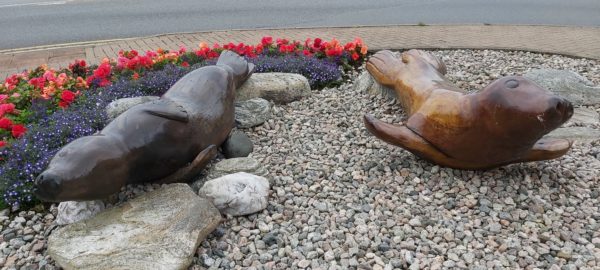
Tadhail air seaboardgàidhlig
Powered by WPeMatico


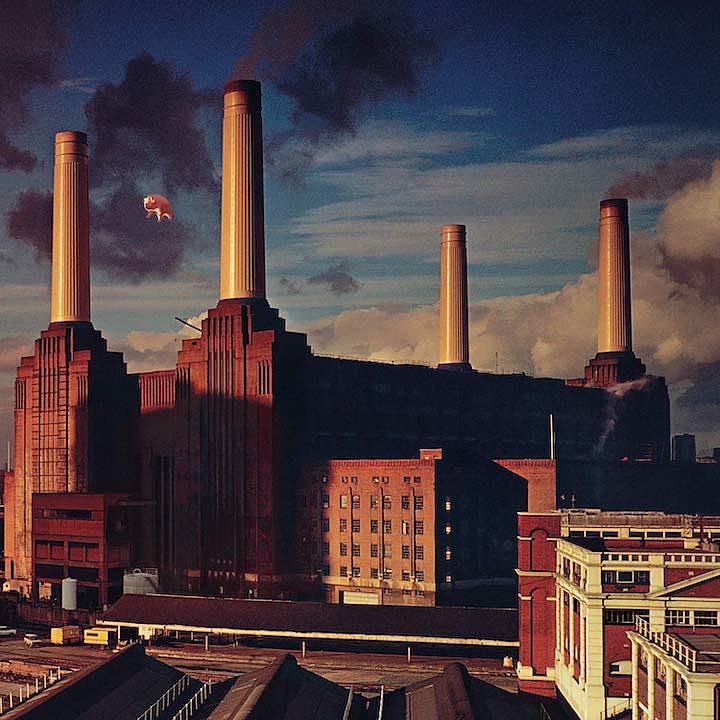
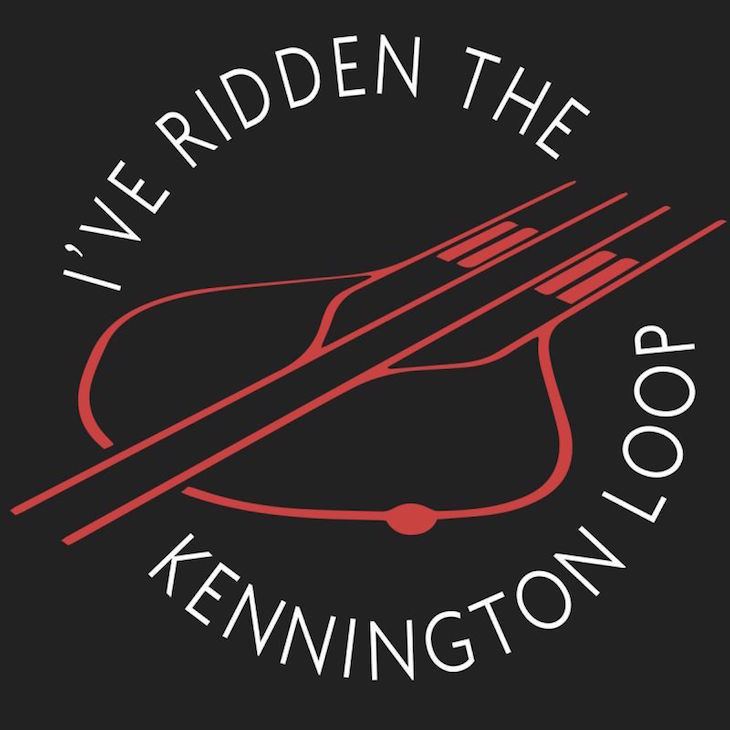
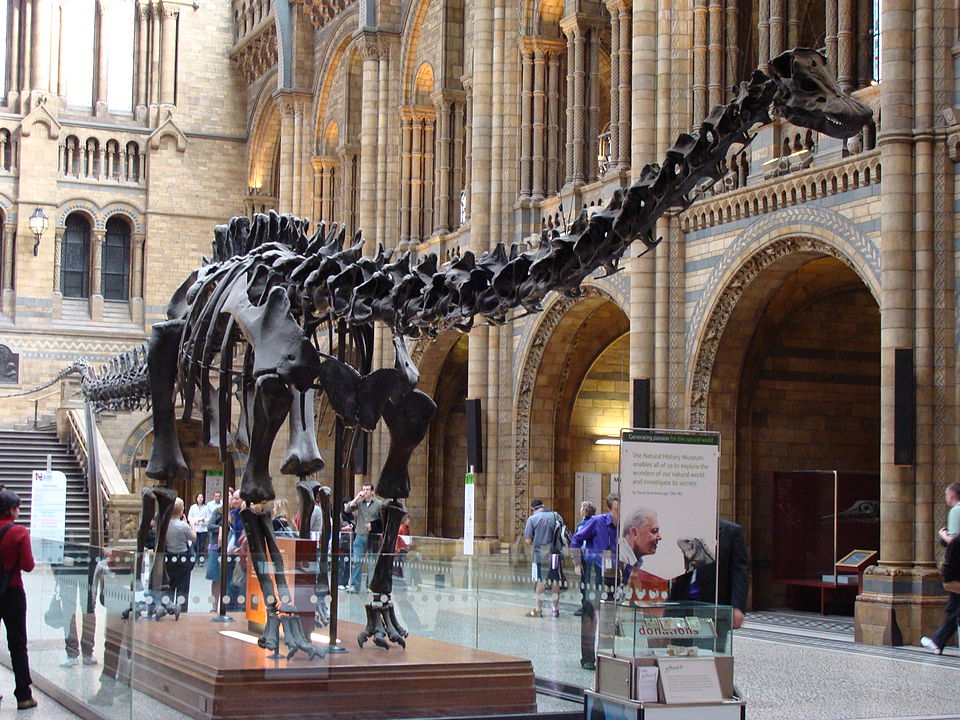
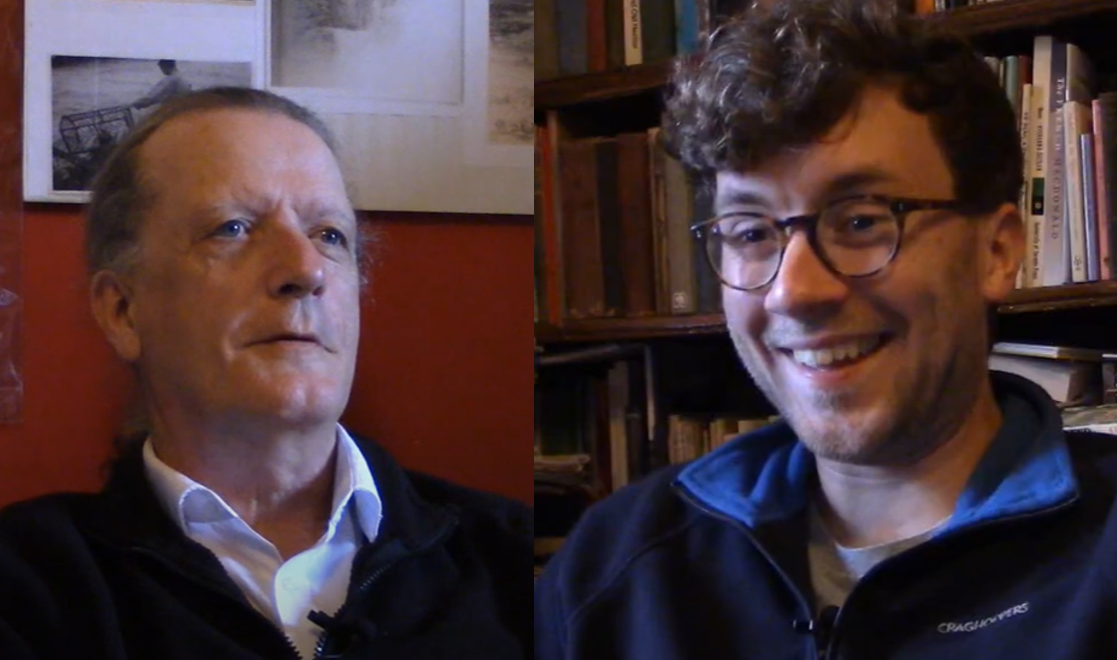 Pàdruig Morrison
Pàdruig Morrison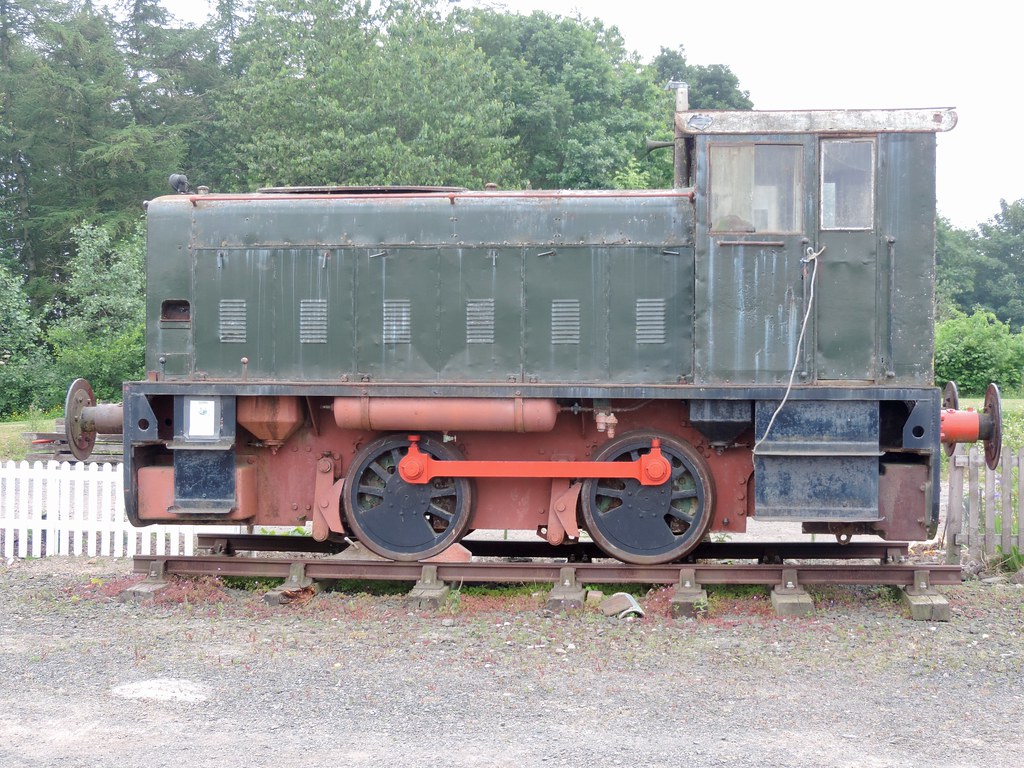


 Independent Gaelic consultant
Independent Gaelic consultant